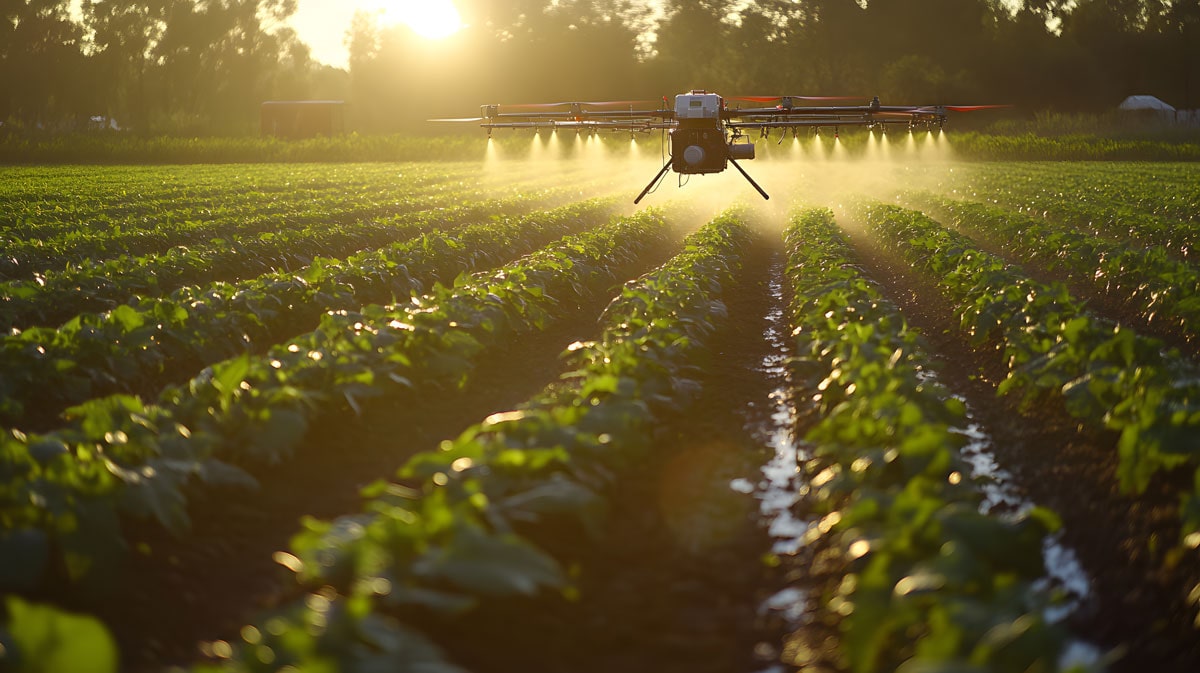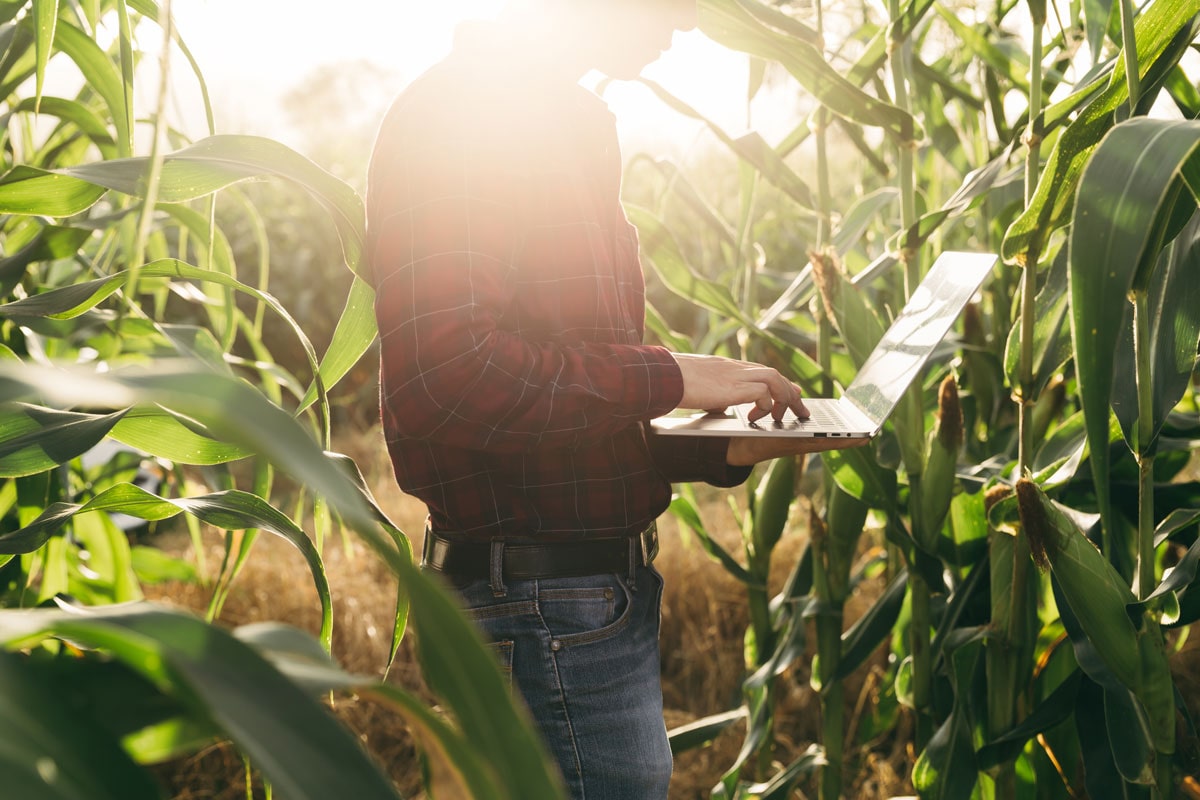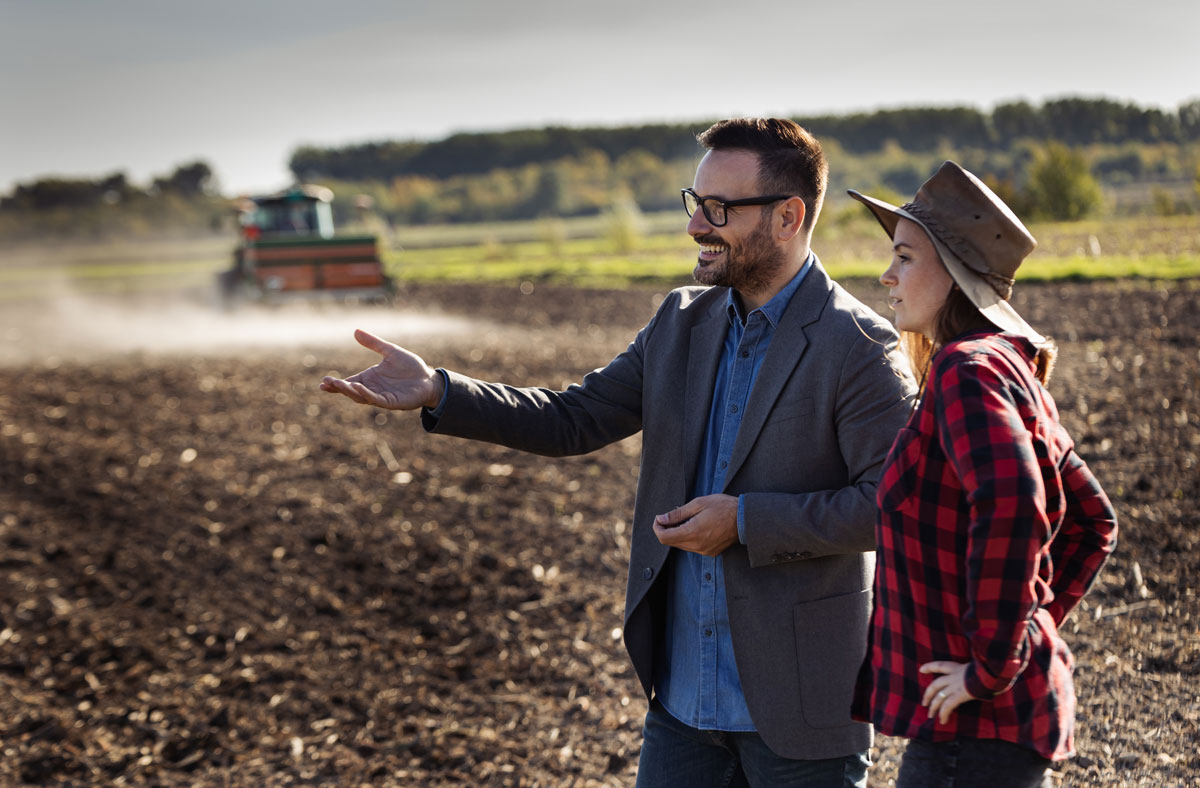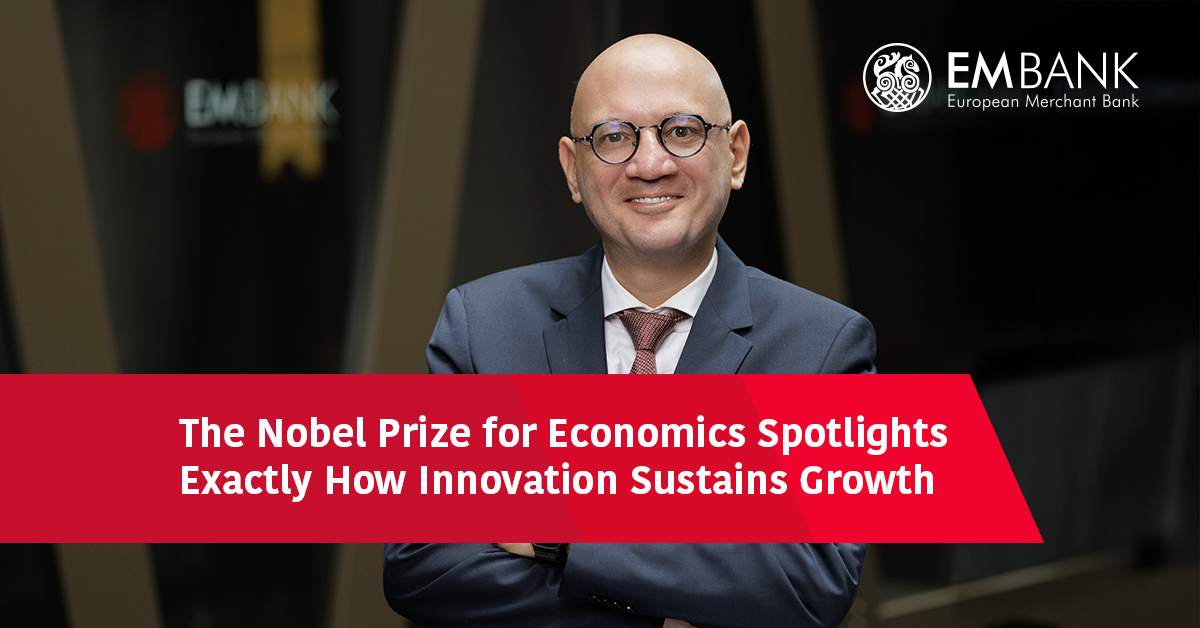Did you know that the global AgriTech market is projected to reach over £22 billion by 2025? As the world confronts food security and sustainable farming challenges, AgriTech offers a vital solution, seamlessly blending technology with agriculture to boost productivity and efficiency. For farmers, investors, and anyone interested in the future of food, understanding AgriTech’s role is crucial in navigating this rapidly evolving sector.
At EMBank, we don’t just recognise the transformative potential of AgriTech; we actively empower it. Through tailored financial solutions, we equip businesses in this innovative field to thrive, adapt, and lead in a dynamic market. As we explore deeper into what AgriTech entails, you’ll discover how it revolutionises farming practices, optimises resources, and ultimately contributes to a more sustainable future.
What is AgriTech?
AgriTech encompasses the integration of technology into agriculture, enhancing productivity and efficiency in food production. This broad field includes innovations such as precision farming, biotechnology, robotics, drone technology, and data analytics. By leveraging such technologies, AgriTech seeks to improve crop yields, reduce environmental impact, and address food security challenges, which are increasingly crucial today.
Historically, agriculture has evolved from traditional farming practices to more systematic approaches. The introduction of mechanical farming equipment in the 19th century marked a significant turning point. Today, the rise of digital technologies continues this trend, as farmers adopt tools that facilitate data-driven decision-making. These advancements provide insights into soil health, crop health, and weather patterns, helping farmers utilise resources more efficiently.
AgriTech’s current relevance cannot be overstated. The global agricultural sector faces unprecedented challenges, including a growing population, climate change, and diminishing natural resources. According to industry projections, the global AgriTech market is expected to exceed £22 billion by 2025. This growth underscores the sector’s importance in driving sustainable practices and meeting the demands of modern consumers.
Practical applications of AgriTech are extensive. For example, precision agriculture employs sensors and satellite imagery to monitor crop conditions in real-time, enabling farmers to apply inputs like water and fertiliser more efficiently. Drones assist in crop monitoring and pest control, enhancing both productivity and safety. Additionally, biotechnology contributes to the development of genetically modified organisms (GMOs) that are more resistant to pests and diseases, ultimately leading to higher yields.
EMBank embraces the transformative potential of AgriTech by offering tailored financial solutions aimed at supporting businesses in this vital sector. Through these services, we enable our clients to adopt innovative technologies that not only promote growth but also contribute to sustainable farming practices. As a partner in your AgriTech journey, we help navigate the complexities of financing solutions, ensuring your business thrives in a rapidly evolving market.
The Importance of AgriTech
AgriTech addresses key challenges in modern agriculture, focusing on increasing food production while ensuring sustainability. As global population projections estimate nearly 10 billion people by 2050, innovative agricultural solutions are crucial for food security and environmental stability.
Enhancing Crop Yields
AgriTech significantly enhances crop yields through various innovative technologies. Precision farming, utilising data from sensors and satellite imagery, enables farmers to monitor soil health, climate conditions, and crop growth in real-time. This approach optimises planting, fertilising, and harvesting, leading to improved resource utilisation and reduced waste. For instance, using drones for aerial imaging provides accurate insights into crop health, allowing farmers to make informed decisions on interventions. Moreover, advancements in biotechnology result in the development of genetically modified crops, which exhibit improved resistance to pests and diseases. Such innovations contribute to higher productivity levels, addressing the growing food demand efficiently.
Sustainable Farming Practices
Sustainable farming practices lie at the heart of AgriTech. Techniques such as controlled-environment agriculture and smart irrigation systems play a crucial role in minimising resource consumption. Controlled-environment agriculture significantly reduces water usage while maintaining optimal growth conditions for crops. Smart irrigation systems apply precise amounts of water based on real-time data regarding soil moisture and weather conditions, leading to substantial water savings. Furthermore, incorporating drones for targeted pesticide and fertiliser application minimises chemical use, supporting environmental conservation. Data-driven decision-making ensures efficient resource use, preserving soil health and biodiversity. Overall, AgriTech fosters a more resilient agricultural sector while promoting sustainable farming practices essential for future generations.
Key Technologies in AgriTech
AgriTech relies on several key technologies that improve agricultural practices, improving efficiency and sustainability across the sector.
Precision Agriculture
Precision agriculture employs advanced data analytics to optimise crop management. By utilising satellite imagery, soil sensors, and weather data, farmers monitor crop health and field conditions with remarkable accuracy. For instance, soil moisture sensors provide real-time information, allowing for tailored irrigation schedules that conserve water while ensuring crops receive the necessary hydration. Automated machinery, such as seeders and fertilisers equipped with GPS, apply resources precisely where needed, minimising waste and maximising yield. The precision agriculture market holds significant potential, anticipated to grow substantially as farmers adopt technology-driven practices to meet increasing food demand.
Internet of Things (IoT) in Agriculture
The Internet of Things (IoT) integrates connected devices on farms to facilitate real-time data collection and analysis. Sensors monitor variables, including soil moisture, nutrient levels, and livestock health. For example, smart irrigation systems adjust water supply based on soil moisture readings, helping farmers conserve water and energy. Livestock tracking devices notify farmers about the health and location of animals, enabling timely interventions. By automating routine tasks and providing actionable insights, IoT enhances operational efficiency in agriculture. The technology addresses challenges like climate change by promoting sustainability and resource management, ultimately shaping the future of farming.
Challenges Facing AgriTech
AgriTech encounters several significant challenges that impact its growth and adoption. Understanding these barriers is essential for stakeholders looking to navigate this evolving world.
Adoption Barriers
Adoption of AgriTech faces various hurdles that limit farmers’ willingness to incorporate new technologies. One major issue is the lack of awareness regarding available innovations. Developers and researchers often struggle to effectively disseminate information about AgriTech solutions, leaving many farmers unaware of the benefits they can gain.
Training is another critical barrier. Many farmers lack sufficient knowledge and skills to use advanced technologies, resulting in difficulties during implementation. Even successful technologies at smaller scales may not translate effectively to larger farming operations, creating additional concerns about scalability.
Financial constraints also play a role in hindering adoption. High initial costs for technology and unclear expectations about returns on investment create apprehension among farmers. Limited access to credit options exacerbates these economic barriers, making it challenging for farmers to invest in necessary advancements.
Regulatory Issues
Regulatory issues pose considerable challenges for the AgriTech sector, particularly in markets like the UK. Legislation that restricts the adoption of foreign technologies can slow down the unification of innovative solutions. These legal hurdles often arise from differing national regulations and compliance requirements, which can obstruct user access to beneficial advances in AgriTech.
Further complicating the world, regulatory bodies may impose stringent guidelines that delay technology approval and implementation. Clarity in legislation can sometimes be lacking, leaving farmers confused about what is permissible. Such uncertainties can deter investments in AgriTech, as potential investors perceive high risks associated with exploring complex regulatory environments.
Addressing these challenges requires concerted efforts from stakeholders across the agricultural and technological spheres. Collaboration between farmers, tech developers, and policymakers could pave the way for a more favourable regulatory world, ultimately enabling the growth of AgriTech.
Future Trends in AgriTech
AgriTech is evolving rapidly, with numerous trends forecasting significant changes in farming and food production. The sector is set to double in size by 2030, driven by technological advancements that promote efficiency and sustainability.
Innovations on the Horizon
Innovative technologies are emerging, reshaping agricultural practices. Vertical farming exemplifies a transformative approach, allowing crops to grow in stacked layers, maximising space and resource use. Automated waste management systems optimise nutrient recycling and improve environmental sustainability. Robotics plays a critical role in automating tasks, from planting to harvesting, significantly reducing labour costs and increasing productivity.
AI-driven analytics are also essential, enabling farmers to make data-informed decisions that boost yields and minimise environmental impact. These technologies often incorporate IoT sensors that provide real-time monitoring of crop health and soil conditions. Hyper-local weather forecasting enhances farming practices by allowing for precise irrigation and pest management just when needed. Farmers can now utilize these advancements to optimise yield based on local conditions.
Integrating AgriTech with Climate Solutions
Climate change poses challenges that directly affect agricultural productivity. Agricultural activities account for about 11% of the UK’s total emissions, highlighting the need for sustainable practices. Integrating AgriTech solutions with climate mitigation strategies presents an avenue for reducing the carbon footprint.
AgriTech facilitates improved nutrient management through innovative land-use practices. For instance, controlled-environment agriculture maintains optimal growing conditions, minimising resource consumption. Initiatives aimed at carbon capture also show promise, as integrating advanced technology helps sequester more carbon in the soil.
Pilot projects underscore the importance of collaborative approaches for achieving net zero targets. Partnerships among farmers, tech developers, and policymakers foster innovation and ensure resilient agricultural ecosystems. By focusing on nature-positive practices, the agricultural sector can effectively balance increased food production with environmental stewardship, helping to secure a sustainable future.
Conclusion
Understanding AgriTech is crucial for anyone involved in agriculture today. As the sector continues to develop with innovative technologies, the potential for increased productivity and sustainability becomes clearer. By embracing these advancements, you can play a role in addressing the pressing challenges of food security and environmental impact.
The future of farming hinges on our collective ability to adapt and effectively utilize these tools. Collaboration among farmers, technology developers, and policymakers is paramount to overcoming barriers and building a resilient agricultural sector. By staying informed and actively engaging with AgriTech developments, you can play a pivotal role in shaping a sustainable future for agriculture that benefits both people and the planet.




